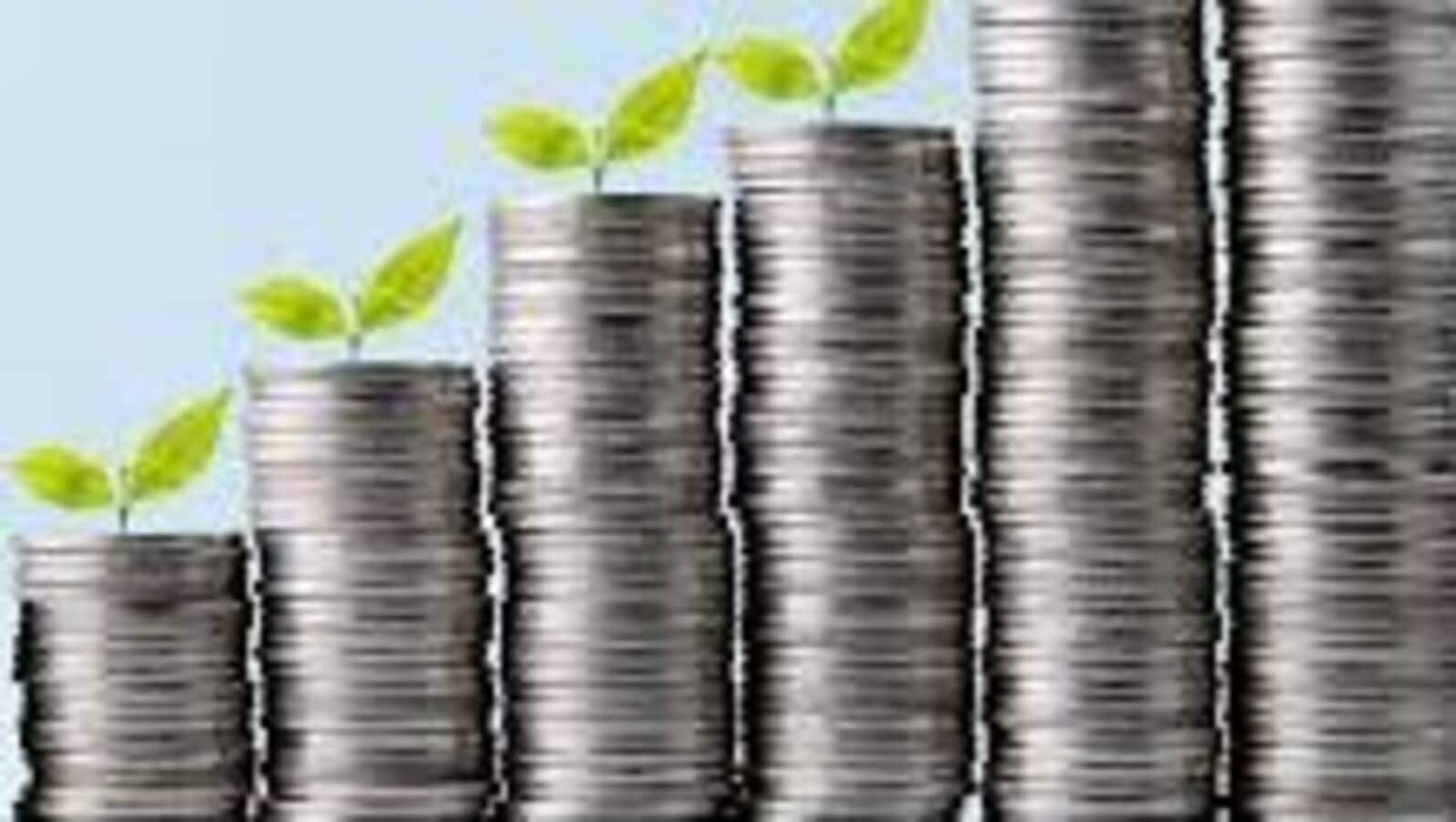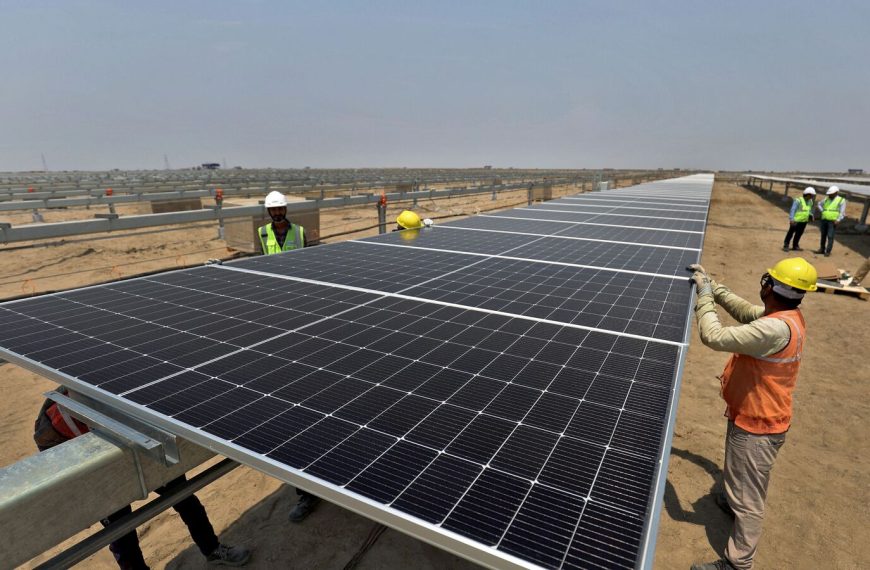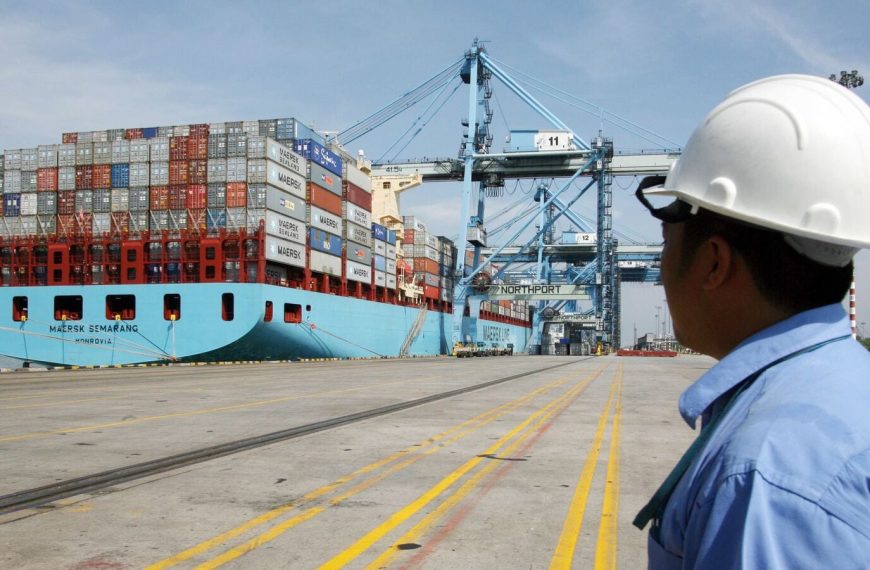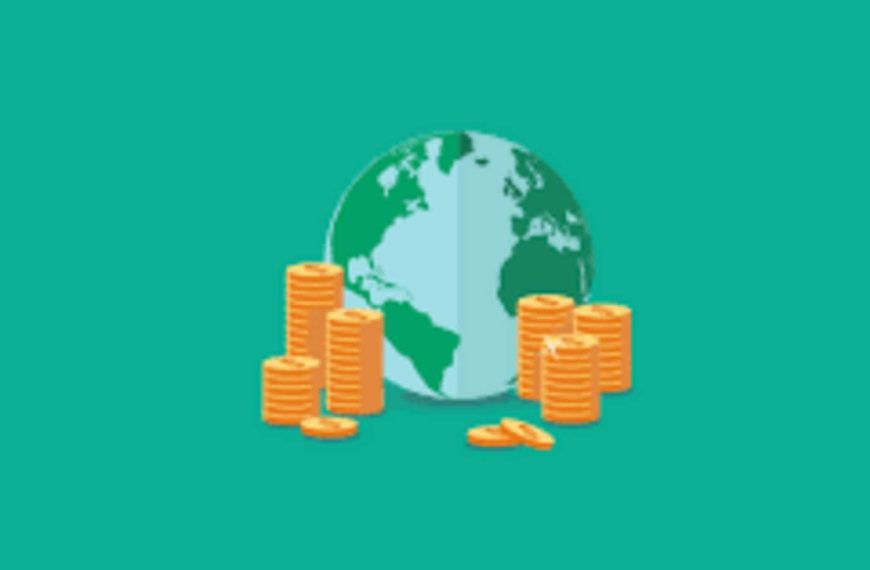Chinese banks are dramatically reducing consumer loan rates as part of a broader strategy to boost economic growth and mitigate the impact of U.S. tariffs. In major cities like Shanghai and Hangzhou, lenders are engaging in intense competition, slashing annual interest rates to as low as 2.58%. This marks a significant decline from rates that soared as high as 10% just two years ago, indicating a major shift in the lending landscape.
Loan Rate Competition Heats Up
The recent price war among banks is a direct response to the Chinese government’s push for increased consumer spending. By fostering a more robust local economy, Beijing aims to lessen dependence on international trade. The National Financial Regulatory Administration has recently encouraged banks to broaden their consumer loan offerings while ensuring favorable terms, including manageable credit limits and competitive interest rates.
- Key Rates:
- Bank of Jiangsu Co.: Promoting a low annualized interest rate of 2.58% on loans up to 1 million yuan until the end of March.
- Bank of Ningbo Co.: Offering 2.68% for first-time borrowers, with a maximum loan amount of 200,000 yuan, alongside quick approval times.
Economic Challenges Persist
Despite these enticing rates, challenges remain for the Chinese economy. Retail sales have struggled to gain momentum since the pandemic, with consumer prices dipping into deflation in February—marking a troubling first in over a year. The central bank is actively exploring structural monetary policy tools to deliver low-cost financial support to critical consumption sectors.
May Yan, head of Asia financials research at UBS Group AG, notes that the current low rates reflect fierce competition among banks amid lackluster loan demand. "While these attractive loans may stimulate some spending, the underlying issues of stagnant income growth and economic uncertainty pose significant risks," she explained.
The Road Ahead for Banks
As banks navigate this intense competition, they face the challenge of attracting borrowers without further compromising their profit margins. This situation may compel lenders to target consumers with poor credit histories, raising concerns about default risks and overall loan performance.
China has ambitiously set a growth target of approximately 5% for 2025, coupled with a fiscal deficit goal that is the highest in over thirty years. Increasing consumer spending is essential in light of U.S. economic policies, but the nation continues to wrestle with a protracted property market slump, which has dampened demand and kept prices low.
Positive Signs Emerge
Amidst these hurdles, there are indications that some strategies are beginning to bear fruit. The National Bureau of Statistics reported a 4% increase in retail sales for January-February compared to the previous year, showing improvement from December’s 3.7% growth.
The Organization for Economic Cooperation and Development recently revised its global growth projections downward, yet it anticipates that China’s domestic policies will help cushion the blow from international tariffs. As these shifts unfold, it remains to be seen how effective the new lending strategies will be in revitalizing consumer confidence and spending in the long term.











